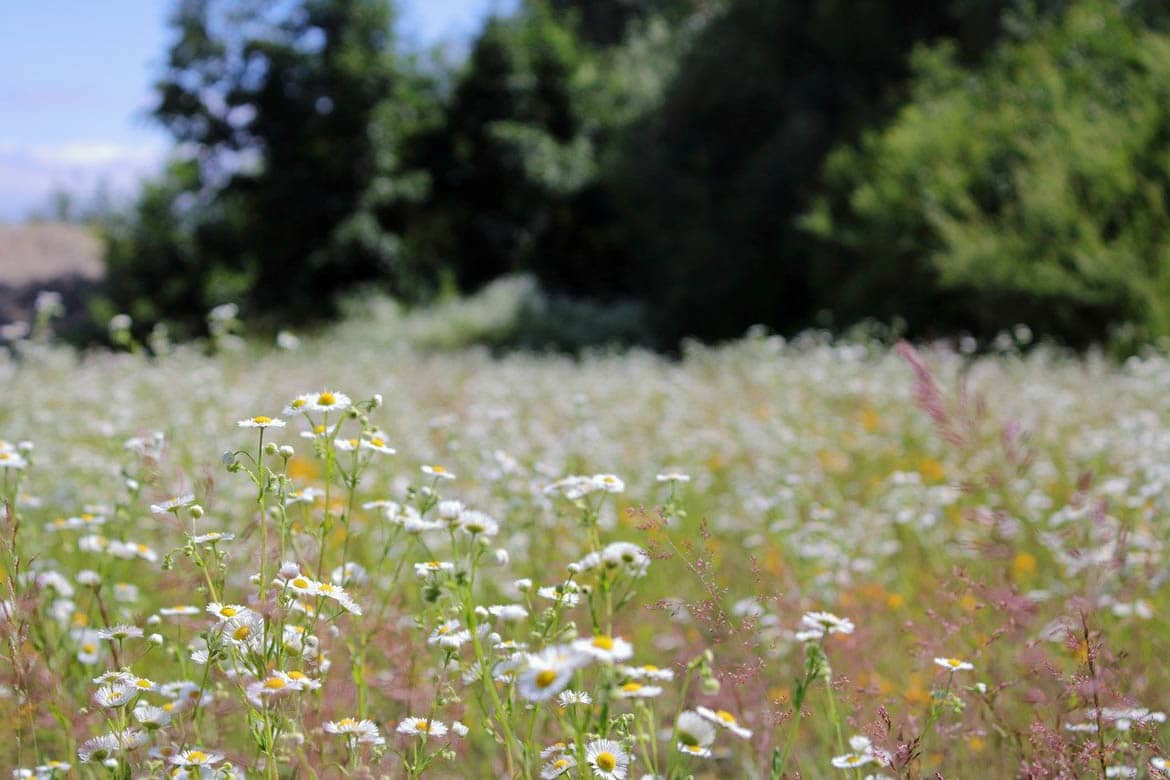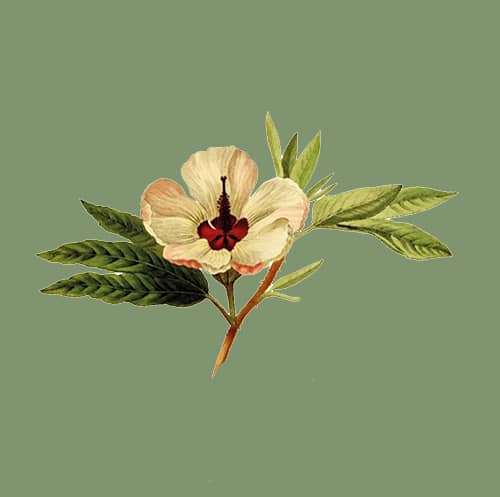Incredibly beautiful features and essential for biodiversity, wildflowers are a divine way to dress your landscape with pops of colour and movement. And it is currently the best time of year for planting and establishing them throughout your garden!
There are many different ways that you can establish wildflowers into your garden, such as meadows, containers and even in sections of lawn. Providing a wide variety of pollinators with food all year round, wildflower habitats are crucial for supporting ecosystems and can considerably help battle climate change by helping to reduce the effects of carbon.
With seed mixes containing a gorgeous range of vibrant native plants, we’ve caught up with our expert planting designers to discover their wildflower favourites. Frequently found within our wildflower turf and seed compositions, our designers adore these native blooms for their pollinator-rich qualities, ensuring that your garden achieves a high nectar score.
Let’s find out their top picks, shall we?

1. Achillea millefolium

Flourishing a glorious display of colourful flowerheads, Achillea millefolium, otherwise known as ‘yarrow’, is a fragrant wildflower perennial that attracts an abundance of wildlife to the garden. Typically found in grassy areas, these tall plants are wonderful for adding movement and contrast to your outdoor spaces. Worshippers of the sun, these wildflowers are especially well suited to cottage gardens and wilder planting schemes.
2. Leucanthemum vulgare ‘Ox-eye daisy’
Delicate perennials, Leucanthemum vulgare, or ‘Ox-eye daisies’ are sweet wildflowers that are often spotted in particularly grassy areas or meadows. Flowering from May until September, these charming daisies are another wildlife favourite, providing a vital source of food for bees, birds and a number of other beneficial pollinators.
3. Aquilegia


Another floral gem found frequently in many cottage garden planting designs, we have the delightful Aquilegia. A prolific plant that self-seeds and spreads itself around the garden, our planting team adore Aquilegia for its naturalistic and free-flowing qualities. Brimming with nectar for bees and other pollinators, this flower is typically found in woodland areas and flourishes best when planted in a sunny or partially shaded spot.
4. Centaurea
Originally originating from the hilly European meadows, Centaurea montana is a striking perennial wildflower that is most commonly found within gravel garden designs, due to its requirements of full sun and well-draining soil. Boasting eye-catching purple blooms, these hardy wildflowers make for a beautiful addition to the garden whilst also providing a source of pollen rich blooms for local wildlife. Flowering from July through until August, these striking blooms are the perfect way to add a pop of summer colour to your landscape.
5. Cowslip
A bright and buttery springtime blooms, Cowslips are charming flowers that originally date back to traditional meadows and historic woodlands. Shooting from a collection of dark green leaves, these dainty golden flowers can be seen popping up in gardens throughout both April and May. An early store of nectar for wildlife, this plant has also historically been used as a medicine for coughs and sleeping problems.

6. Knautia arvenis
Burgeoning a dappled spread of light lilac blooms, Knautia arvenis is a hardy wildflower perennial that our planting team frequently includes within many of our wildflower meadow blends. Producing delightful cut flowers to awaken your interiors, these pollen-rich florals are a visual and environmentally beneficial delight.
Wondering how you could include wildflowers within your garden? Get in touch with us today to find out how our expert planting team can help.


